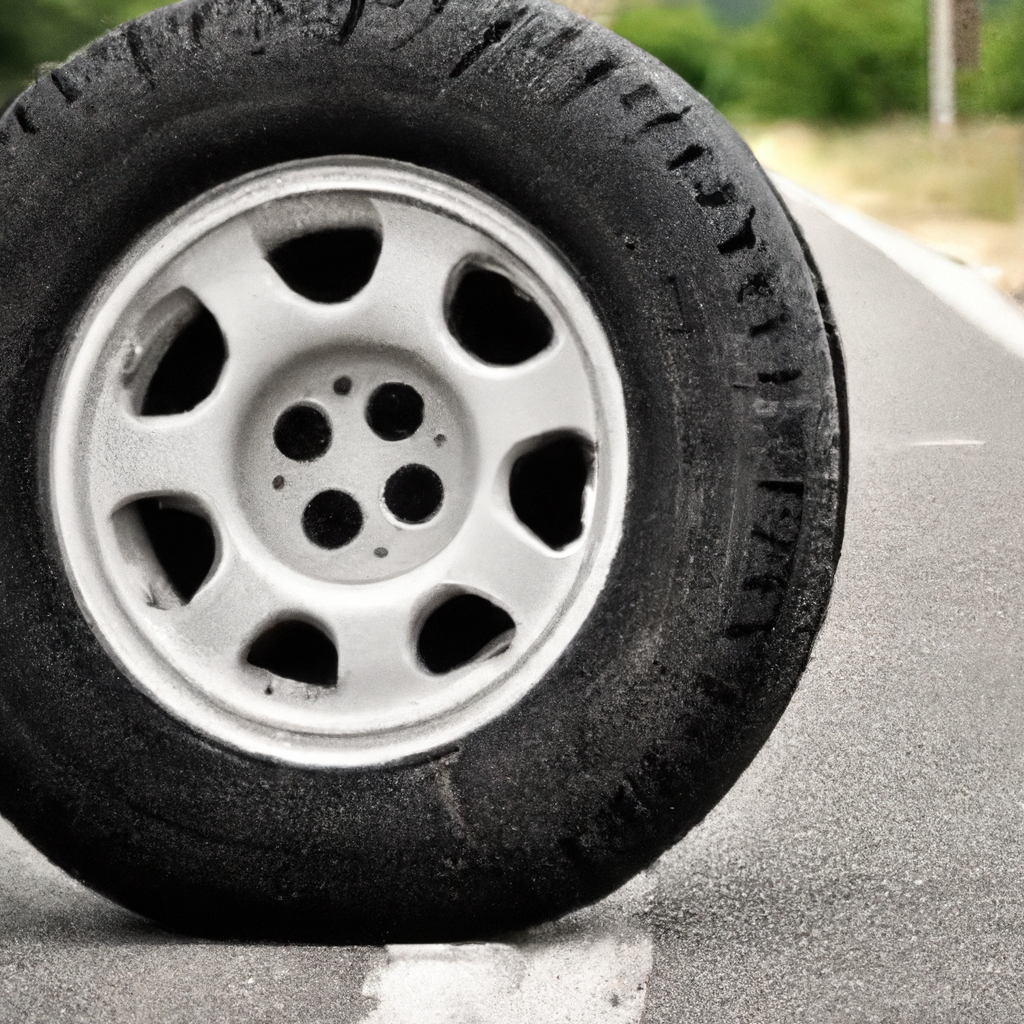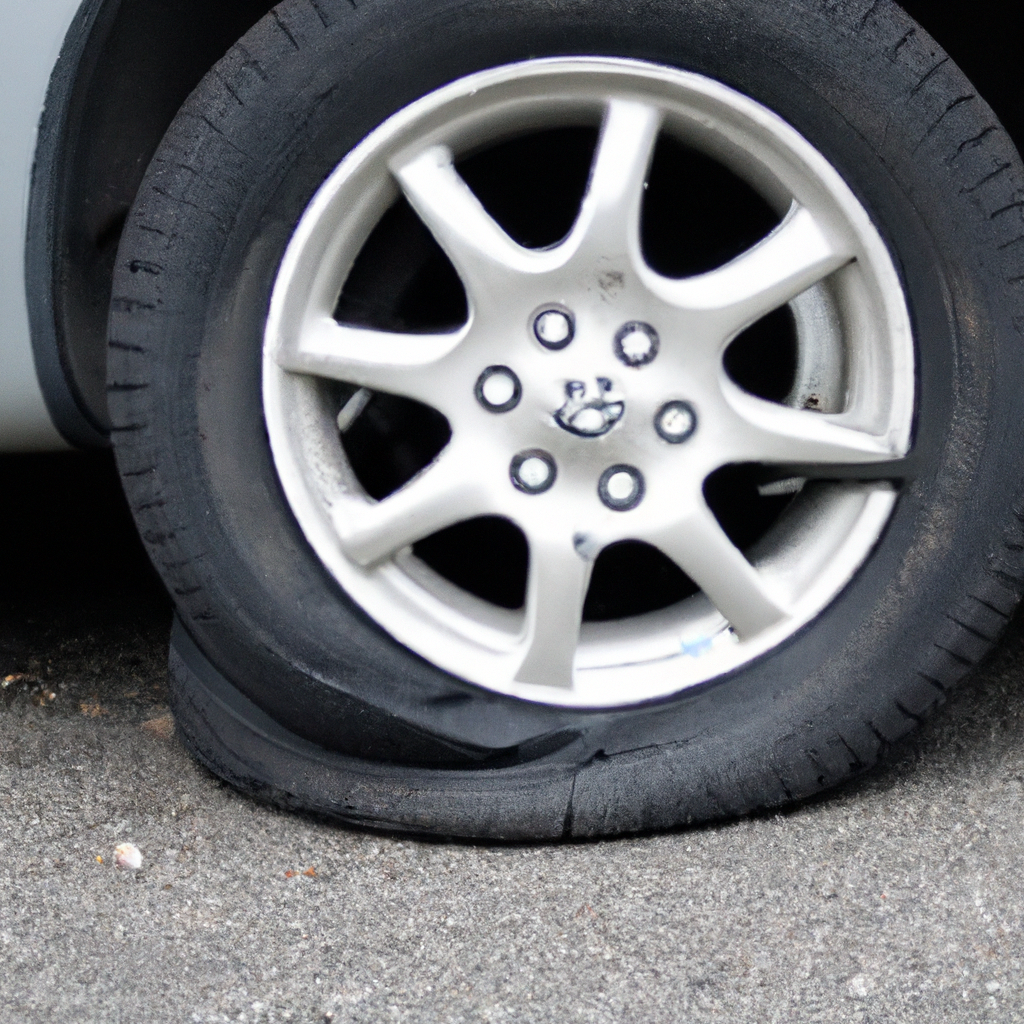Imagine you’re cruising down the highway, enjoying your drive, when suddenly you feel a strange vibration in your car. Your heart sinks as you realize you have a flat tire. But wait, you remember that your car is equipped with run-flat tires. The question now is, how far can you actually drive on a flat run-flat tire? In this article, we will explore the capabilities of run-flat tires and provide you with some important information to keep in mind during those unexpected flat tire situations. So buckle up, and let’s find out just how far you can go on a flat run-flat tire!
How Far Can I Drive On A Flat Run-flat Tire?
If you’ve ever experienced the unexpected scenario of having a flat run-flat tire, you might be wondering how far you can actually drive on it. While this situation is not ideal, the good news is that run-flat tires are specifically designed to allow you to continue driving for a limited distance, even when they are flat. However, it’s crucial to keep in mind that driving on a flat run-flat tire is not recommended and should only be done in emergencies or to find a safe location to pull over. In this article, we will explore the various factors that can influence the driving distance on a flat run-flat tire and provide some insights into the potential risks and consequences associated with this scenario.

Factors Affecting the Driving Distance on a Flat Run-flat Tire
Several key factors play a significant role in determining how far you can drive on a flat run-flat tire. These factors include the type and condition of the tire, your driving style and speed, the weight of your vehicle, the temperature and road conditions, as well as the run-flat tire technology itself. Let’s take a closer look at each of these factors to better understand their impact.
Tire Type and Condition
The type and condition of your run-flat tire can greatly affect how far you can drive on it when it’s flat. In general, well-maintained and newer run-flat tires are likely to provide a longer driving distance than older or damaged ones. Tires that have experienced punctures or have significant tread wear may not offer the same level of performance as brand-new run-flat tires. It is essential to regularly inspect and maintain your run-flat tires to ensure optimal performance and maximize your driving distance in case of a flat.
Speed and Driving Style
Your speed and driving style can significantly impact the driving distance on a flat run-flat tire. Driving at high speeds or abruptly stopping and accelerating can increase the strain on the tire and potentially decrease the driving distance. It is crucial to drive at a moderate speed when you have a flat run-flat tire to avoid putting excessive stress on the tire, which could lead to further damage.
Weight of the Vehicle
The weight of your vehicle plays a role in how far you can drive on a flat run-flat tire. Heavier vehicles exert more pressure on the tire, potentially reducing the driving distance. If you are driving a heavy SUV or hauling a significant load, the driving distance on a flat run-flat tire may be shorter compared to a smaller vehicle. It’s important to consider the weight of your vehicle when assessing the potential driving distance on a flat run-flat tire.

Temperature and Road Conditions
Temperature and road conditions can also influence the driving distance on a flat run-flat tire. Extreme heat or cold can affect the tire’s performance and durability, potentially reducing the distance you can drive on it. Additionally, rough or uneven roads can further strain the tire, limiting the driving distance. It is essential to be mindful of these conditions when assessing how far you can drive on a flat run-flat tire.
Run-flat Tire Technology
The technology used in run-flat tires allows them to support the vehicle’s weight and maintain some degree of functionality even when flat. Run-flat tires are generally equipped with reinforced sidewalls and a supportive insert to provide temporary support. The durability and design of these features can vary among different run-flat tires, which may affect the driving distance on a flat tire. It is advisable to refer to the manufacturer’s specifications for your particular run-flat tire to understand its capabilities.

Monitoring Systems and Warning Signs
Many modern vehicles are equipped with advanced monitoring systems that can detect tire pressure and provide warning signs when there is a flat tire. These systems can play a vital role in ensuring your safety by alerting you to the presence of a flat tire before it becomes a serious problem. It is essential to pay attention to these warning signs and respond promptly to avoid further damage to the tire.
Recommended Driving Distance on a Flat Run-flat Tire
While run-flat tires are designed to allow you to continue driving on a flat tire, it is important to note that the recommended driving distance can vary depending on the tire manufacturer and specific tire model. In general, most manufacturers suggest driving no more than 50 to 70 miles at a maximum speed of 50 mph on a flat run-flat tire. However, these numbers are not universal and can differ based on individual tire specifications. It is crucial to refer to the information provided by your tire manufacturer to determine the recommended driving distance for your specific run-flat tire.

Manufacturer Recommendations
To ensure optimal safety and performance, it is always advisable to follow the manufacturer’s recommendations regarding the driving distance on a flat run-flat tire. Each tire manufacturer may have specific guidelines and limitations that are specific to their tire models. It is important to consult the tire manufacturer’s documentation or reach out to their customer service for accurate and up-to-date information on recommended driving distances on a flat run-flat tire.
Potential Risks and Consequences
While run-flat tires provide the convenience of allowing you to drive on a flat tire, it is essential to understand the potential risks and consequences of doing so. Driving on a flat run-flat tire can further damage the tire, wheel, and suspension components, potentially leading to costly repairs. Additionally, the loss of tire pressure can negatively impact your vehicle’s handling, braking, and stability, increasing the risk of accidents. It is crucial to prioritize safety and consider alternative options, such as seeking immediate assistance or finding a safe place to stop and replace the flat tire.
In conclusion, while run-flat tires offer temporary mobility when flat, it is crucial to remember that driving on a flat run-flat tire should only be done in emergencies and as a means to reach a safe location. The driving distance on a flat run-flat tire can vary depending on factors such as tire type and condition, speed and driving style, weight of the vehicle, temperature and road conditions, as well as the tire technology itself. It is always best to refer to the manufacturer’s recommendations for your specific run-flat tire and prioritize safety above all else.


